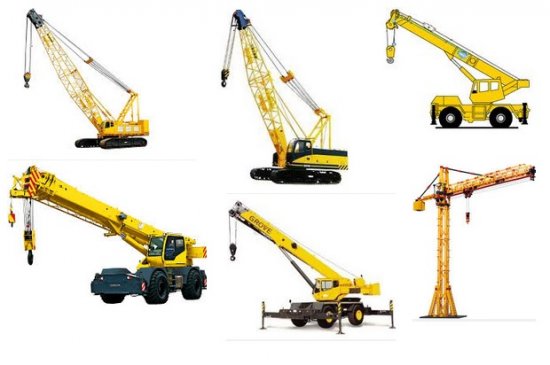Overhead Crane Safety 101
The danger of working in the same industry for a long period of time is that you will eventually become a bit lax in safety-oriented routines, regulations, and recommendations, simply because everything becomes "old hat".
For the sake of safety and passing all regulations and standards set forth by OSHA as well as your local government, it's a good idea to offer yearly refresher courses and lectures on safe ProservCrane operation. Here are some basic guidelines on what to include in such a course:
Inspect cranes daily. Before turning the key in the ignition, a crane should be visually inspected, as well as physically inspected. Check all attachments to make sure they are secure, and take a quick look at fuel levels to make sure everything is where it should be. Additionally, cranes should be inspected after a day's work is complete, just to make sure no accidental damage was incurred during usage.
Inspect the work area. Daily visual walk-throughs of the work area is always a good idea, especially if it has recently rained, there have been significant temperature fluctuations, or you're working in an unstable area. Ground shifts can be minor, but still cause problems in terms of crane loading and balance.
Be alert. Employees should always arrive to work rested and aware of their surroundings, in appropriate safety gear, and cranes should never be operated by an employee who is under the influence of any medication. And this is a no-brainer, but still worth stating: electronics such as cellphones and book readers never mix well with crane operation!
- Add new comment
- 5175 views























